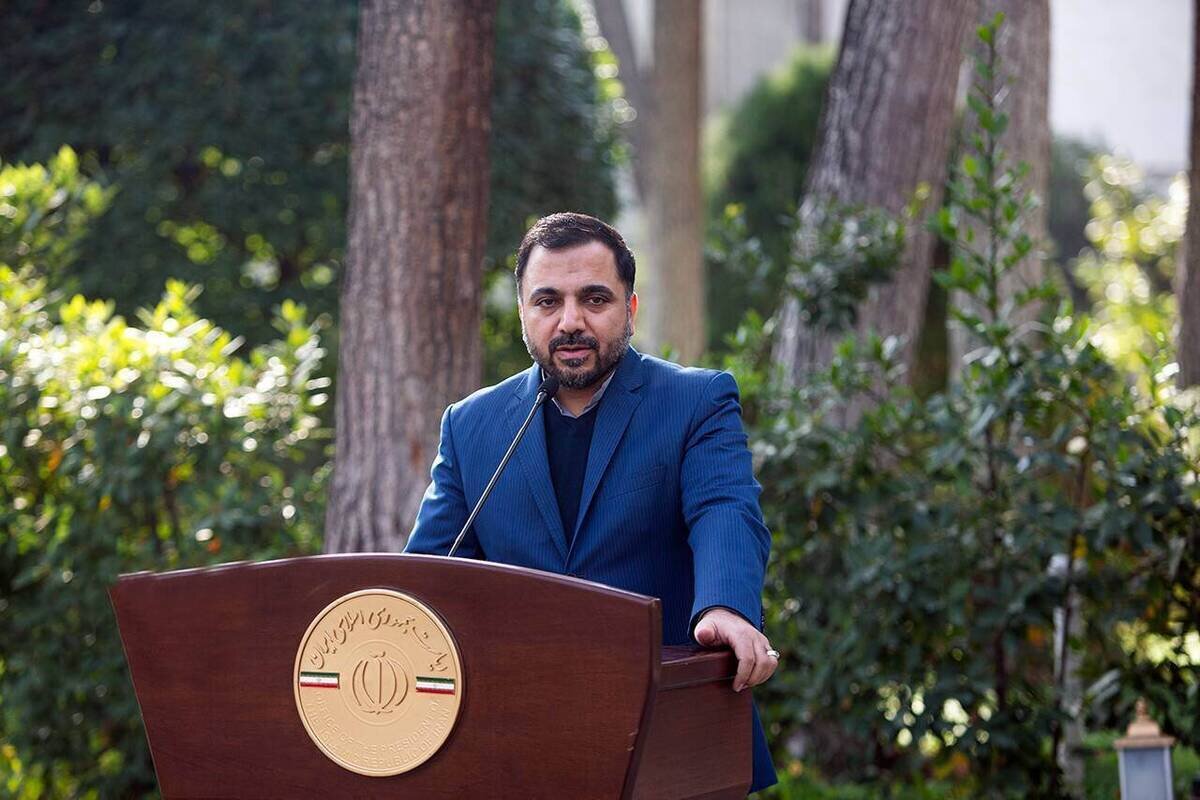Iran to unveil new satellite, minister says

TEHRAN - Iran's Minister of Information and Communication Technology, Issa Zarepour, has unveiled the country's plans for satellite manufacturing and launches.
Speaking to reporters on Wednesday, Zarepour emphasized Iran's upcoming space endeavors for the current year, noting that significant events are on the horizon.
"Within the next two months, we will witness the unveiling and launch of new satellites," Zarepour stated.
Highlighting the strides in internet coverage, Zarepour mentioned that over 7,000,000 households, encompassing more than a third of the country, now have internet access.
He outlined ambitious targets for the year ahead, aiming to extend coverage to at least 14,000,000 households, with 2,000,000 households subscribing to internet services.
"At present, approximately half a million households are connected, with only 400 utilizing fiber-optic connections. However, this figure is set to increase significantly, with fiber subscriptions expected to rise by at least 4-5 times this year," the minister elaborated.
In conclusion, Minister Zarepour acknowledged the challenges ahead, particularly in meeting the set goals. "Expanding from 400,000-500,000 subscribers over 10 years to a fivefold increase in just one year is undoubtedly a formidable task," he remarked.
The minister announced progress in satellite development almost a week ago, stating that several satellites are ready for launch, with a focus on imaging capabilities.
"We are actively developing multiple satellites to enhance our national space imaging capacity," Zarepour said, emphasizing the ongoing construction of the second Pars I satellite.
The minister highlighted the benefits of having more satellites in Low Earth Orbit (LEO). "While LEO satellites offer frequent coverage throughout the day, their high speeds limit continuous observation," he explained, adding that "Increasing the number of satellites will provide more consistent access to data and information."
Zarepour emphasized the significance of satellite system development, a complex capability possessed by only a handful of nations worldwide. He expressed pride in Iranian scientists achieving this expertise.
Concluding his remarks, the minister voiced optimism that Iran will take significant steps in the development of telecommunication and imaging satellites this year.
Back in late September 2023, Iran launched an imaging satellite into orbit, one that improved Iran’s intelligence capabilities.
The announcement by the aerospace division of the Islamic Revolution Guards Corps (IRGC) included details about new Iranian technological advances in the aerospace industry.
The new satellite, Nour-3 (literally meaning light in Persian) was put into an orbit 450km (280 miles) from the surface of the Earth. It was launched by a missile named Qased, which was used before to carry the two earlier versions of the same satellite into space. The Qased carrier was also developed by the IRGC.
Zarepour said via X, “With the efforts of IRGC Aerospace Force specialists, a few moments ago, the Nour-3 imaging satellite was successfully placed into a 450 km orbit of the earth with the Iranian Qased satellite carrier.”
“I congratulate all Iranian people, those active in the country’s space industry, and the IRGC’s space experts for this success. God willing, this year will be a fruitful year for the country’s space industry,” he added.
“We are involved in the development and launch of satellites. Under our plan, we will have 2 to 3 satellite launches this year, something we hope to be successful,” Iranian Defense Minister Brigadier General Mohammad Reza Ashtiani said.
Iran is among the world’s top 10 countries capable of developing and launching satellites.
Leave a Comment